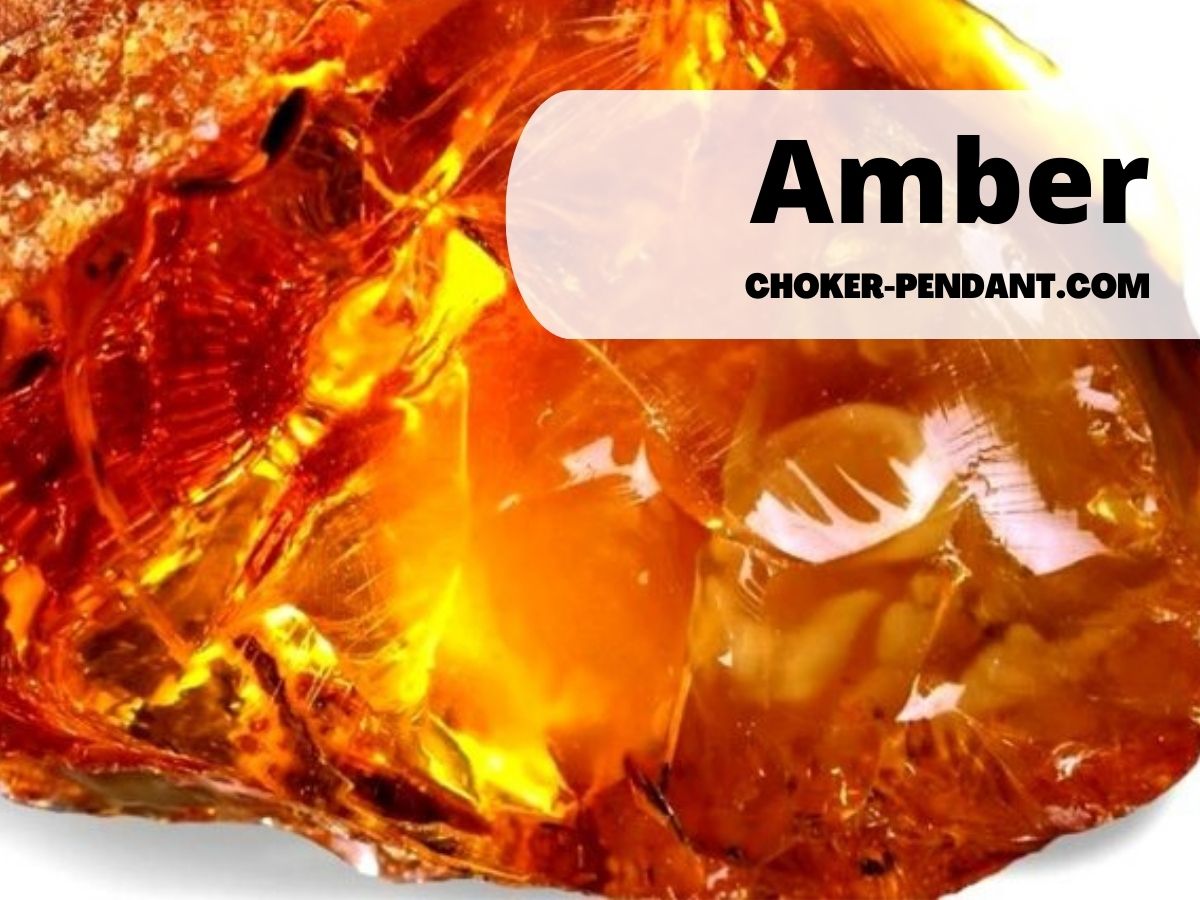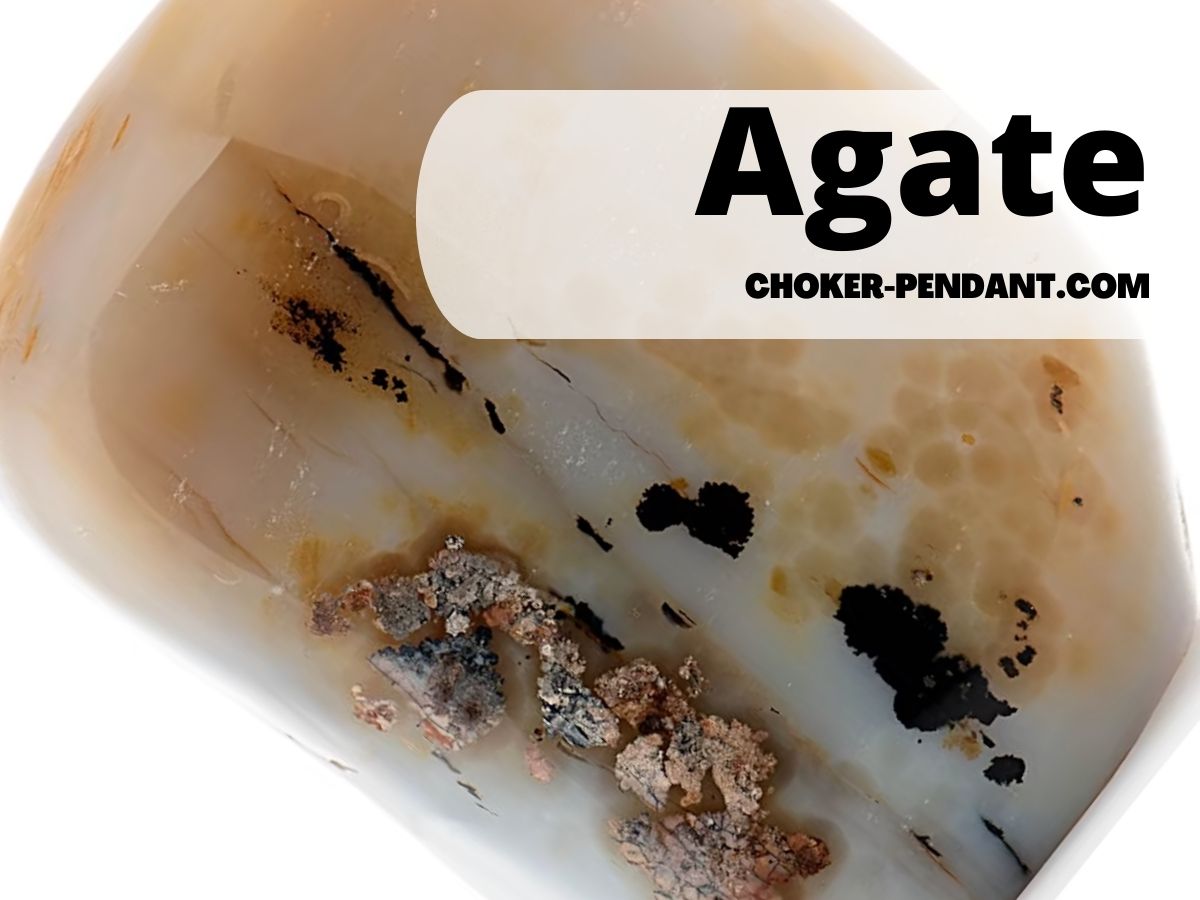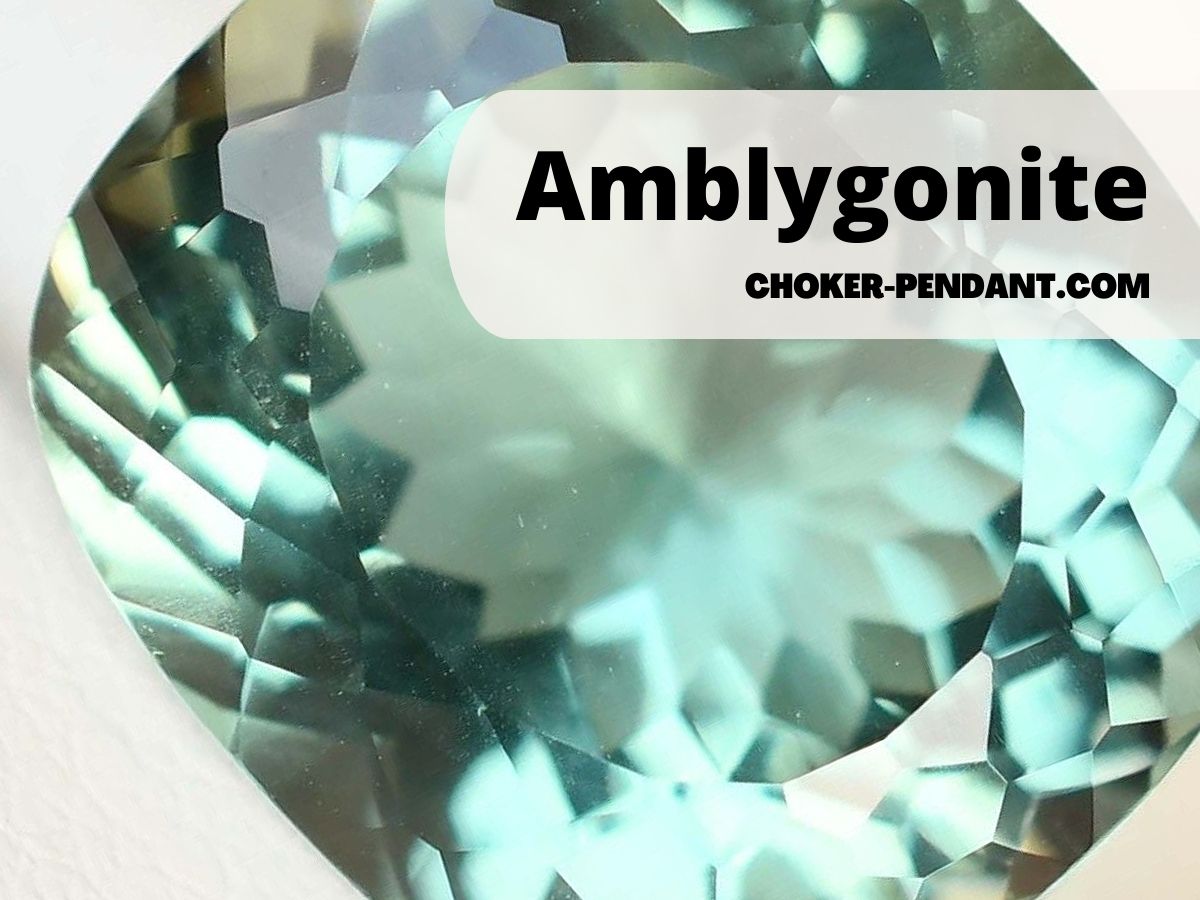The Asscher cut diamond, with its elegant square shape and mesmerizing fire, holds a unique place in the history of diamond artistry. Its journey, intertwined with the Asscher family legacy and the Art Deco era, is a captivating tale of innovation, brilliance, and timeless beauty.
The Asscher Legacy
In 1902, Joseph Asscher, a Dutch diamond cutter from a family steeped in the craft for generations, unveiled his revolutionary creation: the Asscher cut. This square-shaped diamond, with 50 or 58 facets meticulously arranged, boasted a distinctive brilliance unlike any other. The cut maximized light play, creating an enchanting “hall of mirrors” effect within the stone.
The Asscher family’s expertise was already renowned. In 1908, Joseph’s brothers were entrusted with cutting the famed Cullinan Diamond, the largest rough diamond ever discovered. Their masterful skills resulted in nine magnificent polished stones, two of which found their way into the British Crown Jewels.

A Diamond Fit for an Era
The Asscher cut found its perfect match in the roaring twenties, the era of Art Deco. Its geometric lines, symmetrical form, and dazzling fire resonated with the Art Deco aesthetic, characterized by boldness, glamour, and modernity. Celebrities like Elizabeth Taylor and Marlene Dietrich sported Asscher-cut diamonds, further solidifying the gem’s association with sophistication and style.
Evolution and Enduring Appeal of The Asscher Cut
Over the years, the Asscher cut has undergone subtle refinements. The Royal Asscher Company, established by the Asscher brothers, introduced a modified version with 72 facets in 2002, enhancing the diamond’s brilliance and fire. Today, both the classic and Royal Asscher cuts exist, catering to different preferences.
The Asscher cut’s enduring appeal lies in its timeless elegance and captivating sparkle. Its unique geometry offers a refreshing alternative to the round brilliant cut, while its brilliance rivals even the most dazzling diamonds. Whether set in a vintage Art Deco ring or a modern pendant, the Asscher cut continues to mesmerize with its timeless beauty and rich heritage.
Whether you’re a diamond enthusiast or simply captivated by the allure of sparkling gems, the story of the Asscher cut is an inspiring testament to human ingenuity and the enduring power of beauty. So, the next time you encounter this captivating square diamond, remember the legacy of the Asscher family and the era that embraced its brilliance.

Facets
The Asscher cut, both in its classic and Royal Asscher forms, is a masterpiece of light manipulation. Unlike the dazzling fire of a round brilliant cut, the Asscher’s brilliance stems from its unique step-cut facets. Imagine a staircase descending into the heart of the diamond, each step reflecting light back and forth, creating an mesmerizing play of illumination.
- Classic Asscher: This original version features 50 or 58 facets arranged in a pyramid-like structure. The eight large bezel facets on the crown, framing the culet (the pointed tip at the bottom), are a hallmark of the classic cut.
- Royal Asscher: Introduced in 2002, the Royal Asscher boasts 72 facets, further enhancing its brilliance and fire. The additional facets create a mesmerizing “crushed ice” effect within the stone, adding depth and complexity to its sparkle.
Both cuts possess distinct advantages. The classic Asscher offers a timeless elegance and a subtle play of light, while the Royal Asscher’s increased brilliance makes it a showstopper, especially in larger stones.

Beyond the Square
While the square shape is the quintessential Asscher form, the cut’s versatility allows for captivating variations.
- Emerald Asscher: This elongated rectangular cut retains the Asscher’s signature step-cut facets but offers a more dramatic silhouette, ideal for statement pieces like rings and pendants.
- Oval Asscher: Combining the elongated elegance of an oval with the Asscher’s geometric charm, this variation is perfect for those seeking a unique and modern take on the classic cut.
Why Asscher Cut Diamonds Endure
Beyond technical specifications, the Asscher cut’s enduring appeal lies in its emotional connection. Here’s why these diamonds continue to captivate:
- Art Deco Legacy: The Asscher cut is forever linked to the glamorous Art Deco era, evoking a sense of timeless sophistication and vintage chic.
- Geometric Beauty: The clean lines and symmetrical shape of the Asscher cut offer a refreshing alternative to the round brilliant, making it a perfect choice for those who appreciate modern aesthetics.
- Captivating Brilliance: While not as fiery as a round brilliant, the Asscher’s unique step-cut facets create a mesmerizing play of light and depth, drawing the viewer into the heart of the stone.
- Versatility: From classic square to modern emerald and oval variations, the Asscher cut can be adapted to suit diverse tastes and preferences, making it a truly versatile diamond choice.
So, whether you’re a seasoned diamond connoisseur or simply drawn to the allure of sparkling gemstones, the Asscher cut offers a unique combination of technical brilliance, historical significance, and timeless beauty. Its captivating charm ensures that these diamonds will continue to grace jewelry boxes and hearts for generations to come.




